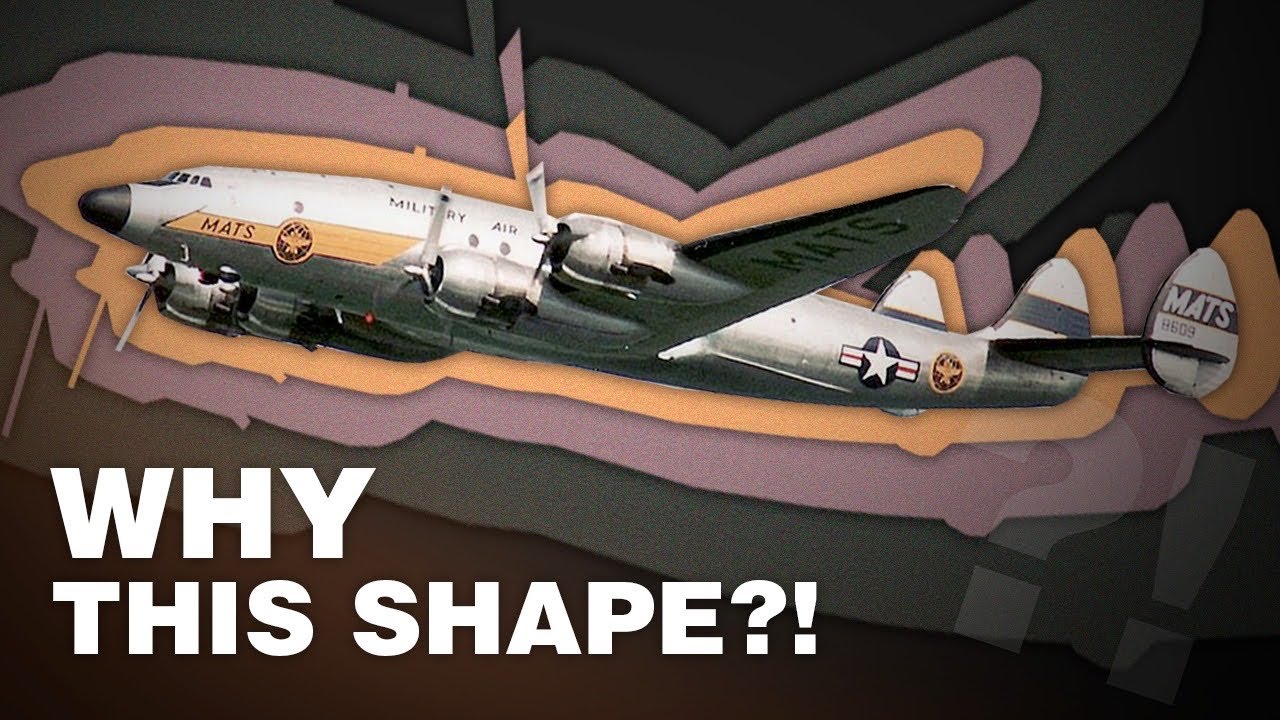The Lockheed Constellation, whose development was initiated by an order from Howard Hughes’ Transcontinental and Western Airlines (TWA) in 1939, aimed to redefine airliner performance, with the ability to fly coast to coast nonstop in the U.S., cruise at 550 km/hour at an altitude of 6.9 km, and carry 62 to 95 passengers depending upon class configuration.
Introduction into airline service was abruptly halted when the U.S. entered World War II in 1941, with TWA Constellations under construction converted into an order for C-69 Constellation military transports. It was only after the war that TWA received its aircraft, entering service on a New York to Paris route in February, 1946. The Constellation remained a queen of the sky through most of the 1950s until being displaced by the faster jet transports introduced toward the end of the decade. A Constellation named Columbine II was the official transport for U.S. president Eisenhower starting in 1953.
A total of 856 Constellations were built, with some remaining in freight service until the 1990s.
Super Constellation S/N 54-0156 continues to fly today as the Breitling Super Constellation, restored under the sponsorship of the Swiss watch manufacturer and operating out of Basel airport as HB-RSC. Around eight years ago, en route to an airshow, it flew over my house at low altitude. It is one of the only two flying Constellations in the world, with the other in Australia, restored by a society in Wollongong and painted in Qantas livery.
